How to choose a split system?

In recent years, climatic technology has moved from the category of luxury to the category of essential elements of a comfortable life. The popularity of split systems is due to the fact that in comparison with fans, they have obvious advantages. Creating a comfortable temperature in hot weather makes life so much easier. The lineup is updated annually, allowing you to choose the most advanced models. However, choosing a split system is not easy.
The technique should be selected taking into account the area, the characteristics of the housing. In addition, there are a number of parameters that you definitely need to pay attention to when buying a split system. If you don't approach this process too carefully, you can end up with only disappointment, since not every air conditioner is suitable for a particular apartment.
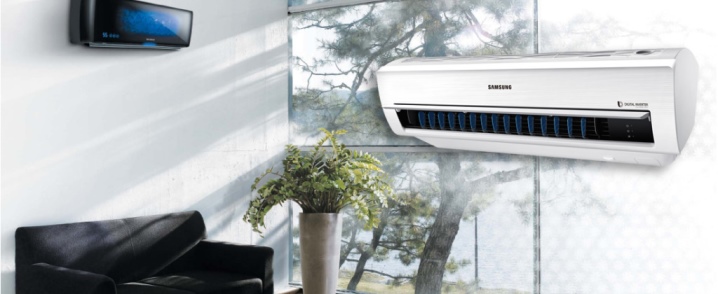
Types, their pros and cons
Split systems have several species variations. If you buy home appliances, you should evaluate not only the quality of the models, but also additional functions: heating, humidification, ionization, aromatization. All this will allow you to create a comfortable microclimate in your home. First of all, decide which of the main types of equipment will be the most optimal for you.
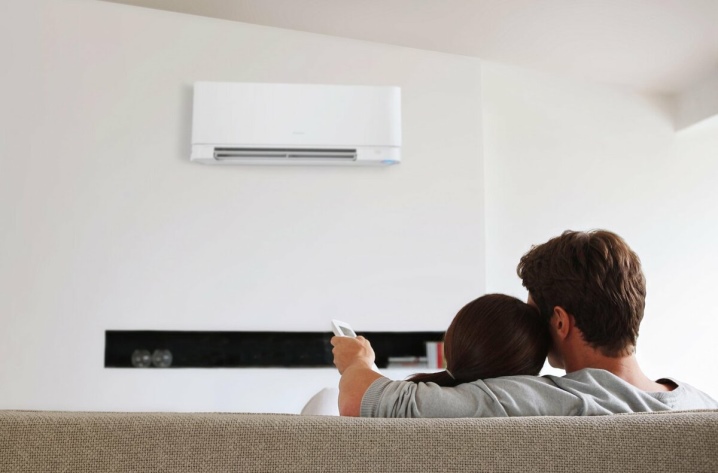
Wall
General characteristics.
- It belongs to the most common, its service area is variable. Can be installed in a small room of about 10 squares and in an apartment of about 70 squares. If the room is larger, it is better to choose a different type.
- The module inside can be rectangular or angular. Installed in close proximity to the window.
- The backbone length is small, and the longer it is, the less efficient the system is. Its length vertically - up to 7 m, horizontally - up to 15 m.
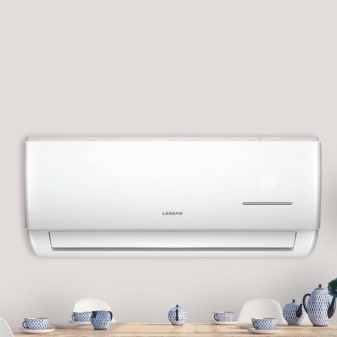
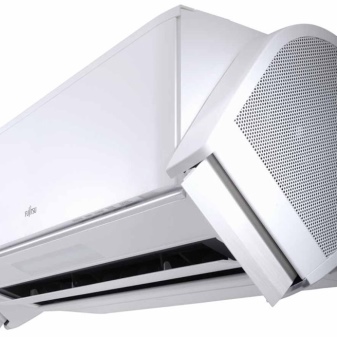
Advantages:
- uncomplicated design;
- the design is laconic, versatile;
- does not take up much space;
- within the length of the pipeline can be installed on any of the walls.
This option also has a significant drawback: wall-mounted models do not let fresh air into the room.
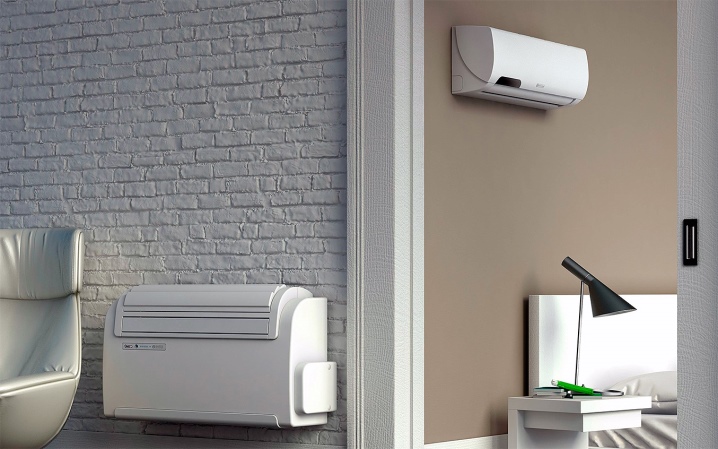
Ceiling, floor-ceiling
General characteristics.
- Most often they are installed in institutions, pavilions, however, they are also suitable for home installation. Cooling in this version occurs due to the fact that the air evenly settles down, which means that a draft is practically not created.
- Fastened both to the ceiling and to the wall in the floor area. In this case, the air flow goes up, diverging throughout the room. The floor variation can be hidden in a niche or a decorative type grill can be installed on it.
The advantage of such a system is that it can be installed in a room where the walls are not free.

Disadvantages:
- fresh air does not enter the room;
- floor systems do not work very well for heating;
- the ceiling cannot be lower than 2.5 m.
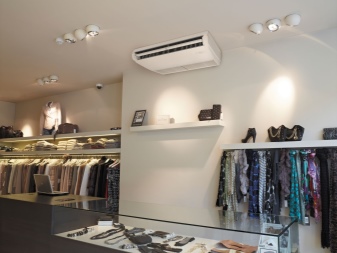
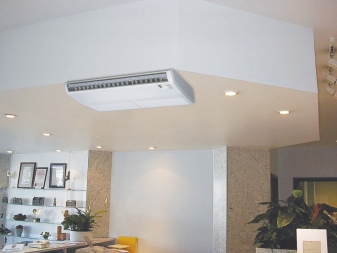
Duct
General characteristics:
- Suitable for rooms with a large area, high ceilings. This type is considered semi-industrial, but it will be appropriate in a large house or apartment.
- The essence of the operation of this system is not only in cooling, but also in drawing in a fresh stream into the room, after which the cooled air is evenly distributed throughout the apartment.
- Installed on the ceiling, in ceiling recesses. This results in a lower ceiling height. You can also install a similar model in a small room: pantry, dressing room.
- The system can be supplemented with electric or water heaters.
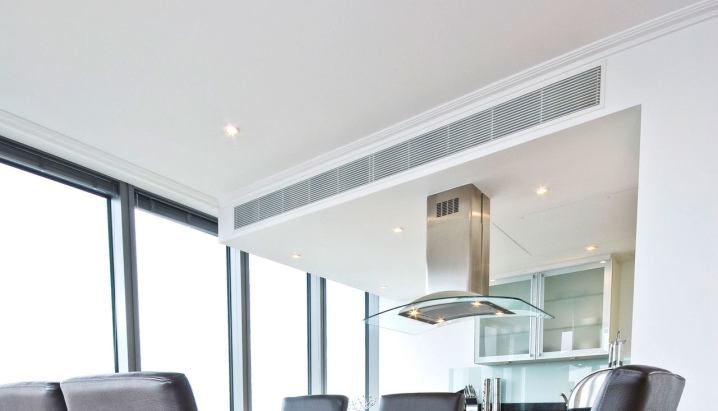
Advantages:
- lets fresh air into the room;
- suitable for large apartments and houses;
- concealed installation is possible.
Disadvantages:
- not suitable for housing with standard and low ceilings;
- the need for an additional room, false ceilings, boxes for installation;
- the price is significantly higher;
- all rooms will be cooled evenly, this moment cannot be regulated.

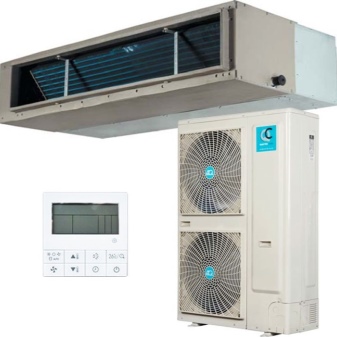
Multi-systems
General characteristics.
- Here, a single unit of condenser-compressor type serves a number of air conditioners. The evaporators can be installed in different rooms.
- It is possible to regulate the temperature level in the rooms within the range of heating or cooling. The number of service rooms is from 2 to 8.
In turn, the multi-split system is divided into two subspecies:
- fixed, here in the kit there is a certain number of modules, which cannot be increased;
- typesetting, it is allowed to complete an individual character with different blocks.
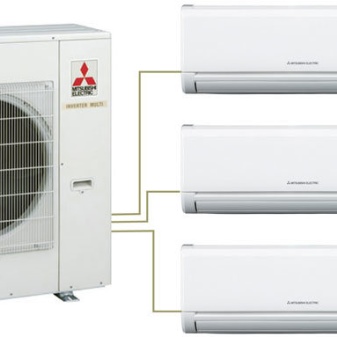
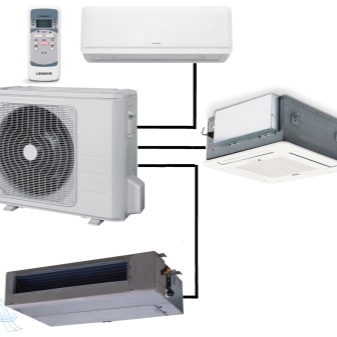
Advantages:
- the facade is not cluttered, no special room is required for installation;
- silent;
- energy saving in comparison with other powerful systems.
Disadvantages:
- failure of one module leads to the destruction of the entire system;
- different modes of operation of the modules are not provided, only heating or cooling;
- difficult installation;
- the cost is quite high.
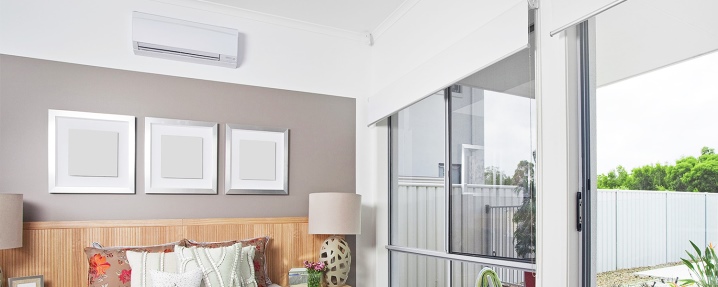
Inverter
General characteristics.
- Differs in the ability to adjust the rotational speed of the compressor engine.
- The inverter allows the system to run continuously, but at different speeds. In turn, the speed level depends on the room temperature.
Advantages:
- does not allow excessive load;
- longer service life;
- creates the required temperature very quickly, maintains it precisely;
- silent;
- consumes little energy;
- works well for heating.
There is only one drawback - the high price.
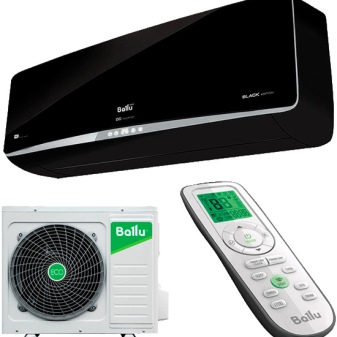
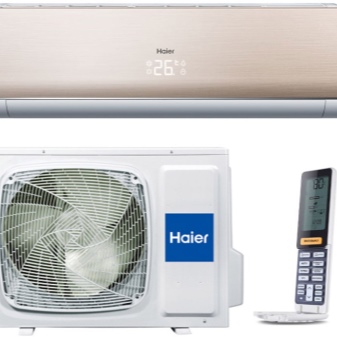
There is an additional classification, in which split systems are divided according to the characteristics of a secondary nature. For example, systems for allergy sufferers or design options.
Allergy systems have a softer filter that keeps out even tiny dust particles. Therefore, pollen and other elements hazardous to health do not enter the room. Some models also have an air purification function. There are two types of filters used:
- phyokalytic-zeolite, destroying odors, harmful chemical elements, microorganisms (lasts up to 5 years);
- plasma type - creates a high voltage level, ionizes the air, removes odors (service life is unlimited).
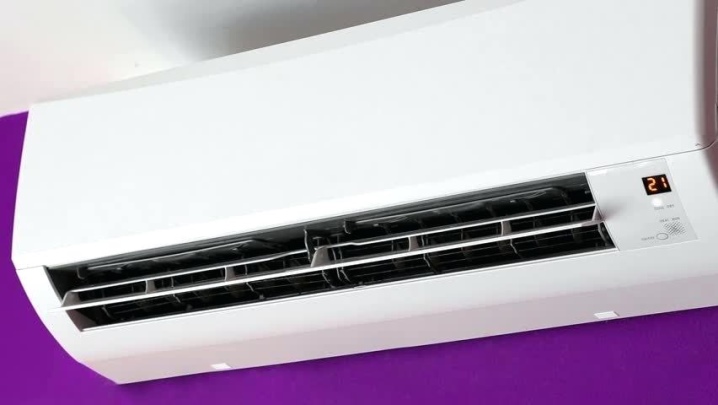
Among the advantages of such models is complete and high-quality air cleaning, among the disadvantages is the price, especially for systems with plasma filters.
Design options differ in appearance, they are original, they look spectacular in the interior. May be different:
- mirrored;
- non-standard color;
- imitate stone, wood, metal;
- have ornaments, prints;
- imitate reproductions.
These models allow you to create a non-trivial interior, but the price for them is higher than for standard models with the same parameters.
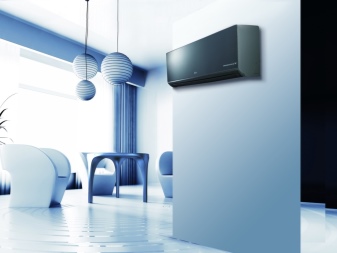
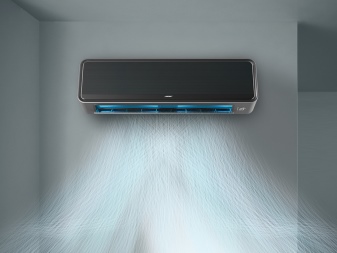
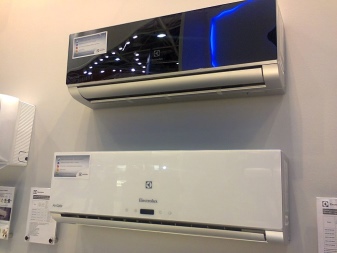
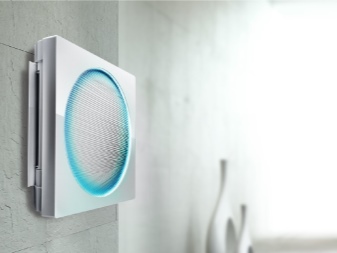
How to choose the size of the room?
To choose an air conditioner correctly and not to be disappointed, it is necessary to take into account many criteria. The climatic equipment for a one-room apartment differs from systems for large cottages. In addition to determining the area, the number of apartments that will be cooled, you need to take into account the complexity of cleaning the device, additional functionality. Design is of no small importance, regardless of whether equipment is purchased for a small or large apartment. To select a system taking into account the area and number of rooms, it is recommended to take into account the following parameters:
- for a 25-meter area, a wall-mounted system with a power of about 2.6 kilowatts is better;
- a multi-system for a 2-room apartment is impractical in terms of cost, it is better to purchase 2 separate air conditioners;
- if the equipment is purchased at the repair stage, it makes sense to consider the channel type option;
- if the power is not enough, the air conditioner will have to work constantly;
- when the power is more than needed, the system may turn off and on too often;
- the equipment is ranked in British thermal units, one of which is equal to a third of a watt (the designation is indicated by the corresponding indices);
- the formula for calculating the required power is 1 kilowatt per 10 m2.
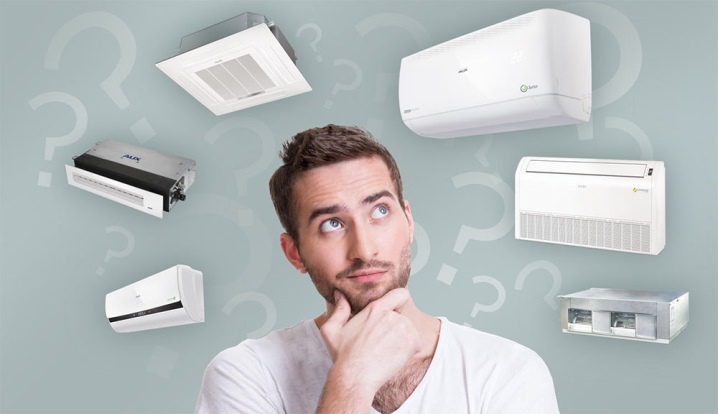
If the ceilings have a standard height, then the indicators to be guided by are as follows:
- index 07 is suitable for rooms up to 20 sq. m;
- 09 - from 21 to 26 sq. m;
- 12 - from 26 to 35 sq. m;
- 15, 18 and up - for large areas.
If the ceiling height is higher than the standard, the power of the split system must be more serious, otherwise it will not work efficiently.
So that the equipment does not work at the limit of its capabilities, you should lay about a quarter of the indicated power on the margin.
In addition to the area, the location of the rooms matters:
- the direction of the windows to the south, southwest - about 1/2 in plus to the power;
- the same goes for the upper floors;
- the direction of the windows to the north or to a permanent shade allows you to select equipment with a power that is less than required by about 10%.
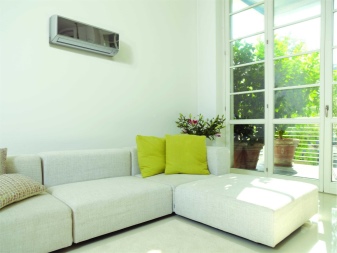
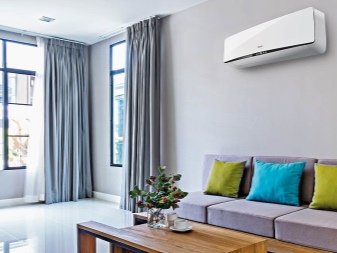
What is the best case material?
When choosing a model of climatic equipment, you should pay attention to the material from which its body is made. The condenser-compression type unit faces the street, therefore it is very important that operation in such conditions is not disturbed by external influences. The following models are most often found:
- plastic;
- metal.
The most robust, reliable in use are metal cases. Experts recommend giving preference to metal. As for the indoor unit, it is mainly made of high quality plastic. When choosing a model, it is necessary to take into account how resistant the material is to sunlight.
In this case, the body will not fade and will not change its color even after many years.
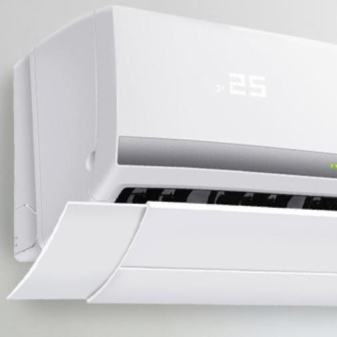
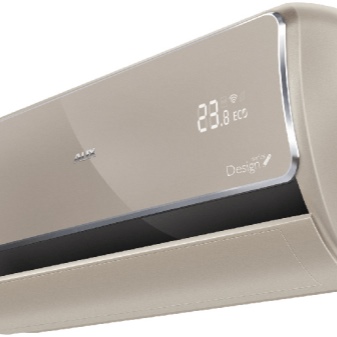
Manufacturers overview
Japanese manufacturers are leading in the rating, but today there are a lot of popular models that are produced in different countries.
Gree GRI / GRO:
- budget option, reliable;
- serves rooms up to 90 squares;
- works for heating and cooling;
- has a stylish design, many comfortable modes;
- there are cleaning filters;
- wall type, outlet filters on both sides;
- economical, quiet.
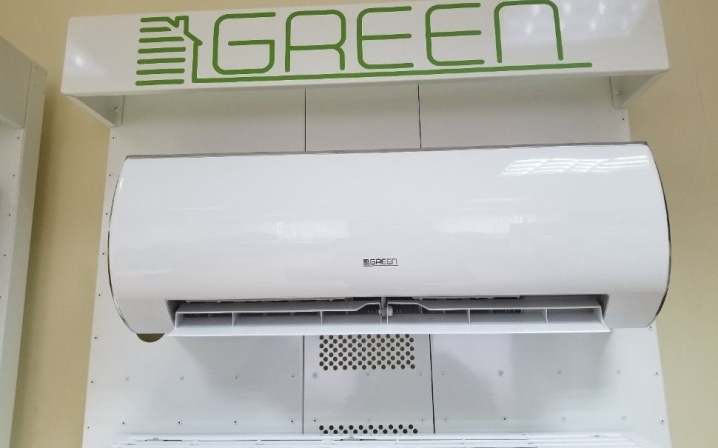
Toshiba RAS:
- wall-mounted inverter;
- maximum cooling area - 35 squares;
- equipped with ventilation, cooling, heating, temperature maintenance modes;
- able to dry and purify air;
- there is an anti-ice system;
- self-cleaning function;
- stylish design;
- 5 speeds;
- compact;
- silent.

Panasonic CS-UE:
- Beautiful design;
- easy to install and use;
- the panel is removed;
- copes well with odors;
- there are heating, cooling, drying modes;
- silent;
- there is a self-diagnosis function;
- economical.
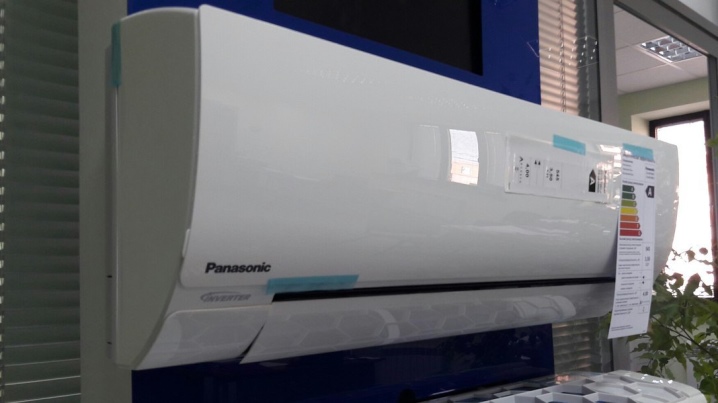
Roda RS, RU:
- budget wall option;
- there are several modes, including temperature support;
- automatic on and off;
- heating, cooling;
- self-diagnosis;
- 4 speeds.

Hisense AS:
- wall-mounted multifunctional device;
- inverter type;
- there is heating, cooling, drying;
- condensate drain - double-sided;
- off and on by timer;
- overvoltage protection;
- silent;
- low price.
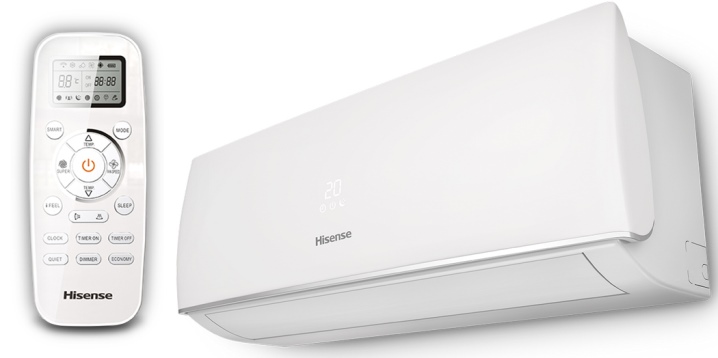
Daikin FTXK, RXK:
- stylish design;
- silent;
- has heating, cooling, drying, ventilation, temperature maintenance modes.
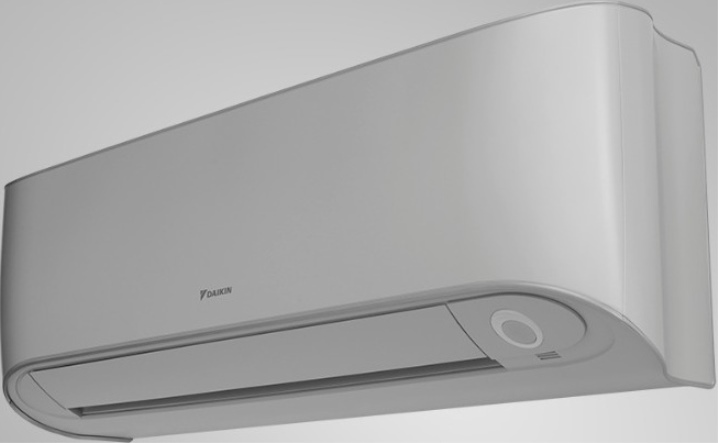
General Climate GC / GU:
- inverter compressor;
- economical;
- perfectly maintains the set temperature;
- convenient control system;
- has an air purification function, suitable for allergy sufferers;
- there are modes of drying, heating, cooling, ventilation;
- there is a timer;
- silent.
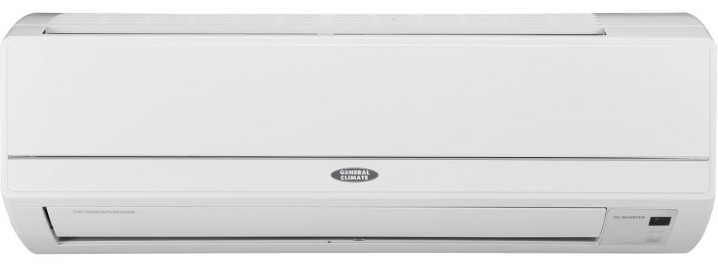
Ballu BSLI:
- multifunctional and efficient device;
- reliable, high quality materials are used;
- energy efficiency at an excellent level;
- inverter type;
- dense filter;
- silent;
- stylish design;
- timer;
- automatic defrosting;
- self-diagnosis.
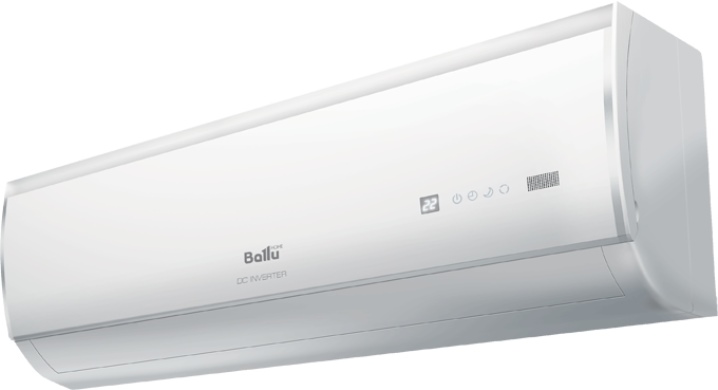
Electrolux EACS:
- wall;
- high degree of reliability;
- excellent sound insulation;
- precisely maintains the set temperature level;
- energy consumption is low;
- inverter technology;
- there are automatic and night modes;
- intensity adjustment;
- timer;
- stylish design;
- quality materials;
- convenient installation, 2 condensate outlets.
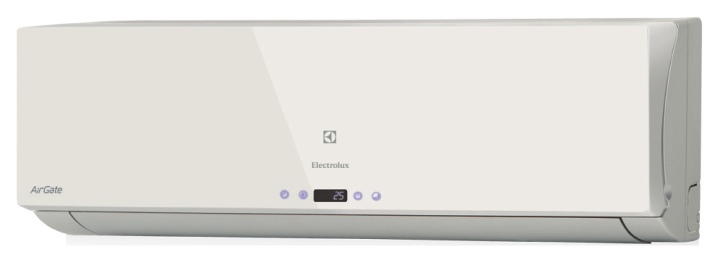
Mitsubishi Electric MSZ, MUZ
- reliable, long service life of the device;
- the noise level is low;
- the body does not fade;
- high level energy efficiency;
- inverter type of control;
- silent;
- there is a self-diagnosis and a timer;
- filters from bacteria, viruses, dust, wool.
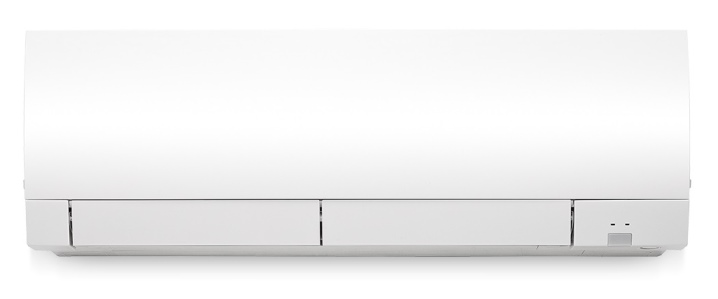
Other selection criteria
A good air conditioning system for a home is chosen according to different parameters. First of all, power is taken into account, you also need to calculate the performance of the cold. Among other criteria, the following are important:
- the presence of a heating mode - it will come in handy in the off-season, when the heating system is not yet functioning;
- noise insulation - if the air conditioner is too noisy, it will interfere at night, the optimal level is up to 30 dB;
- air purification - filtration is necessary not only for those suffering from allergies, but also for children, the elderly and everyone who monitors their health;
- the ionization and humidification functions ensure a favorable indoor climate.
How to choose a split system, see the next video.













The comment was sent successfully.